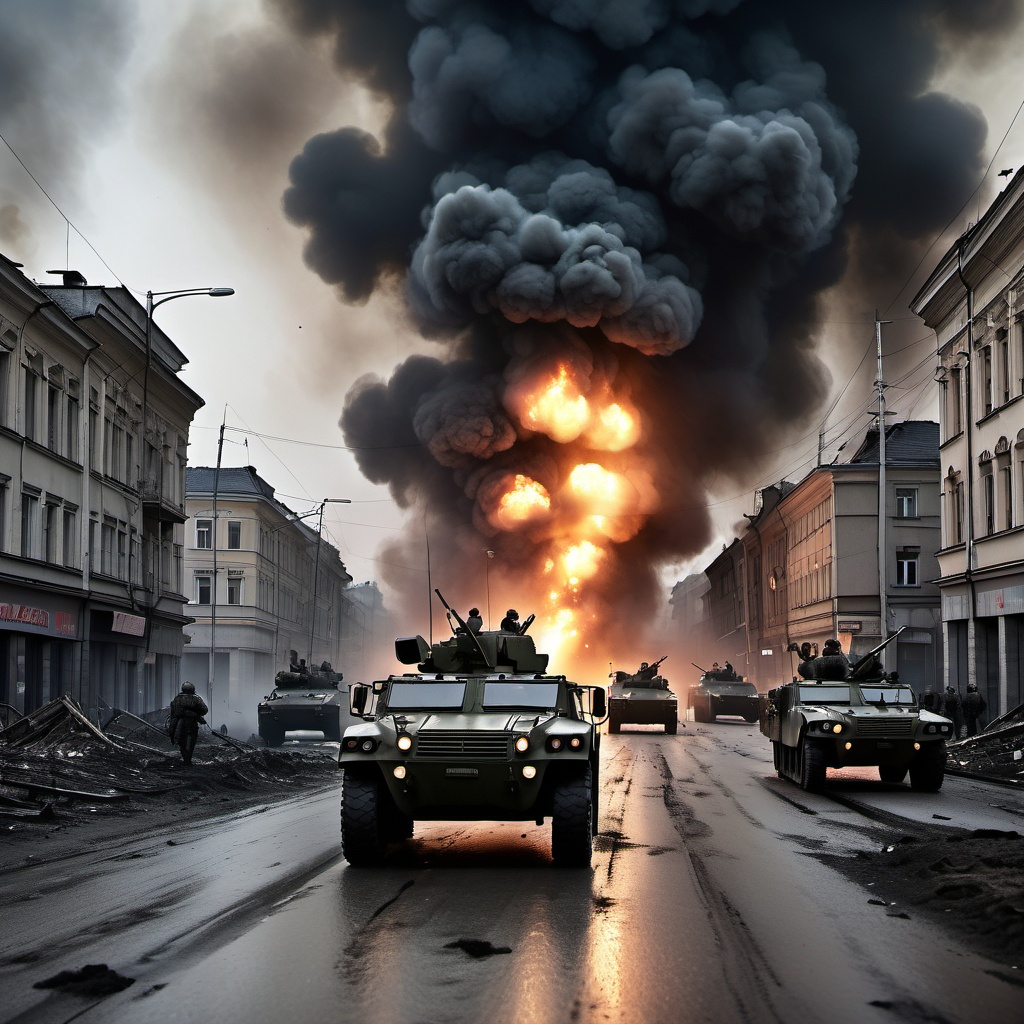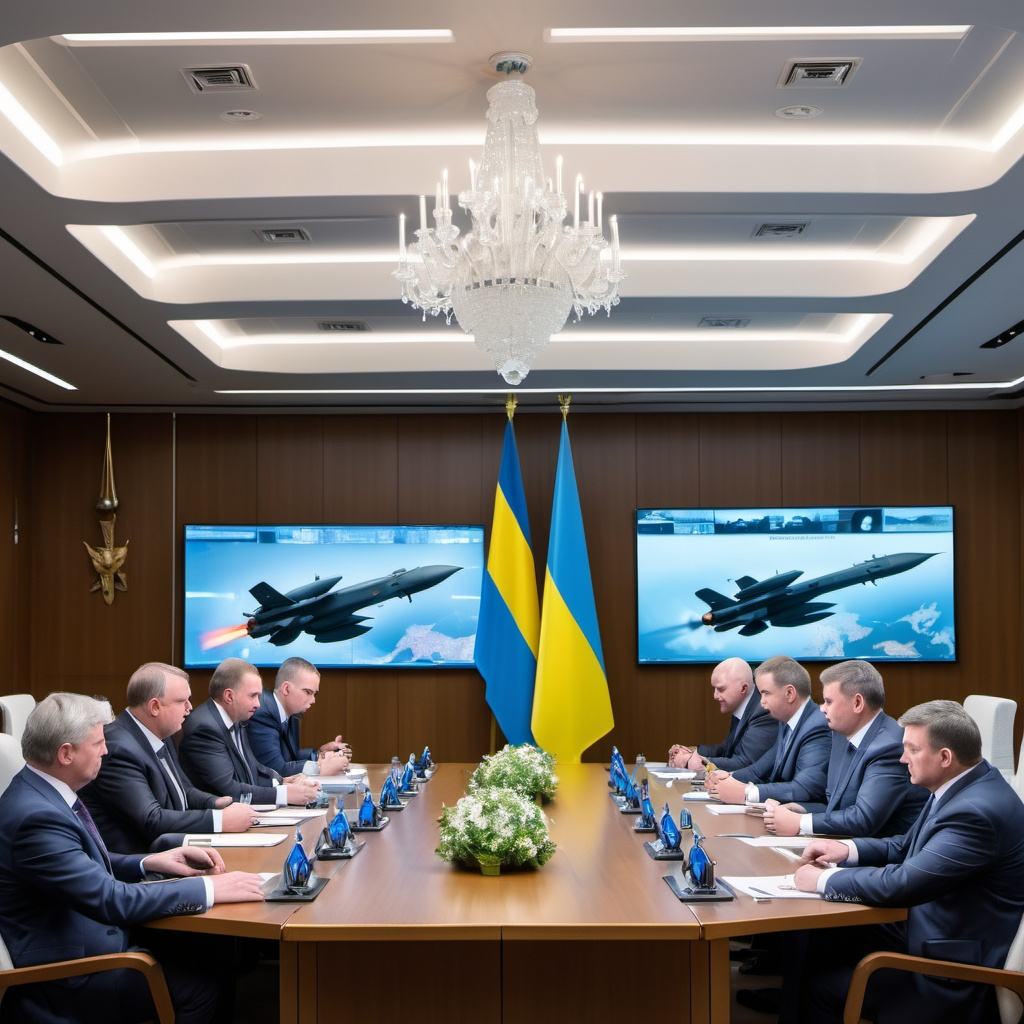
Europe’s Strategic Shift in Defense Spending
In the wake of President Donald Trump’s decision to suspend aid to Ukraine, European Union leaders convened in Brussels for an emergency summit aimed at solidifying defense strategies and commitments to bolster military spending. The 27 EU leaders have unanimously backed a significant shift in defense cooperation, moving away from decades of hesitance.
Easing Budget Restrictions for Military Spending
The summit’s key outcome was a consensus to loosen strict budget restrictions, allowing willing member states to ramp up their military spending. This move has been spurred by Trump’s administration signaling that European nations might need to fend for themselves against threats like Russia, marking a pivotal change in the EU’s defense posture.
Significant Financial Implications
The European Commission estimates that these changes could release around 650 billion euros (approximately $702 billion) for defense purposes across the EU. Additionally, the leaders discussed a proposed loan package of 150 billion euros ($162 billion) to finance military equipment purchases. This financial backing underscores Europe’s determination to enhance its military capabilities in an increasingly volatile geopolitical environment.
Uneasy Consent: Hungary’s Isolation
Despite the collective agreement, Hungary’s Prime Minister Viktor Orbán, a known ally of Trump and criticized for his close ties with Russia, chose not to endorse portions of the summit’s statement concerning Ukraine. This act of defiance serves as a reminder of the divisions within the EU regarding support for Ukraine and overall defense strategies.
Macron’s Nuclear Deterrent Proposition
French President Emmanuel Macron has thrust France’s nuclear deterrent into the spotlight, advocating for a strategic debate on how France’s arsenal could protect its European allies. This proposal was promptly dismissed by Russian officials as “extremely confrontational,” adding layers of tension to the already complicated dynamics in Europe.
Collaboration on Ukraine Peace Talks
Ukrainian President Volodymyr Zelenskyy announced ongoing collaboration with the US to resume peace talks, intending to explore resolution avenues with high-level meetings scheduled in Saudi Arabia. The European leaders affirmed that any negotiations involving Ukraine must include Ukraine itself, echoing a commitment to its sovereignty and territorial integrity.
Pressure on Defense Spending Across Europe
Spain led by Prime Minister Pedro Sánchez, is accelerating its defense spending to meet NATO’s target of 2% of GDP, reflecting the urgent need for increased military preparedness among EU nations. Meanwhile, Germany’s Chancellor Olaf Scholz emphasized the necessity for a unified and increased military investment across Europe, highlighting the long-term commitment to enhance the EU’s defense mechanisms.
Implications of Trump’s Policy Shift
The recent shifts in US foreign policy under Trump have not only complicated EU’s defense strategies but highlighted a critical juncture where European nations may need to reassess their reliance on US military support. The EU summit is emblematic of a broader effort by European leaders to reestablish their military autonomy while addressing potential security gaps created by US policy changes.
The Broader Impact on Global Security
With rising military spending forecasts and an increasing desire for strategic independence, the EU’s defensive maneuvers signal a profound evolution in European security policy. The discussions proceeding the summit also touched upon the imperative for a robust security framework that aligns with shared European values, countering threats that challenge their international law-based order.
Conclusion: Navigating Future Challenges
As EU leaders navigate this new momentum for bolstering military capacity, the effectiveness of their strategies in addressing external threats remains to be seen. The impact of such decisions will reverberate across global political landscapes, shaping the future of EU-US relations and establishing a new security architecture for Europe.
To learn about the disclaimer of liability for the content of this website, click here





